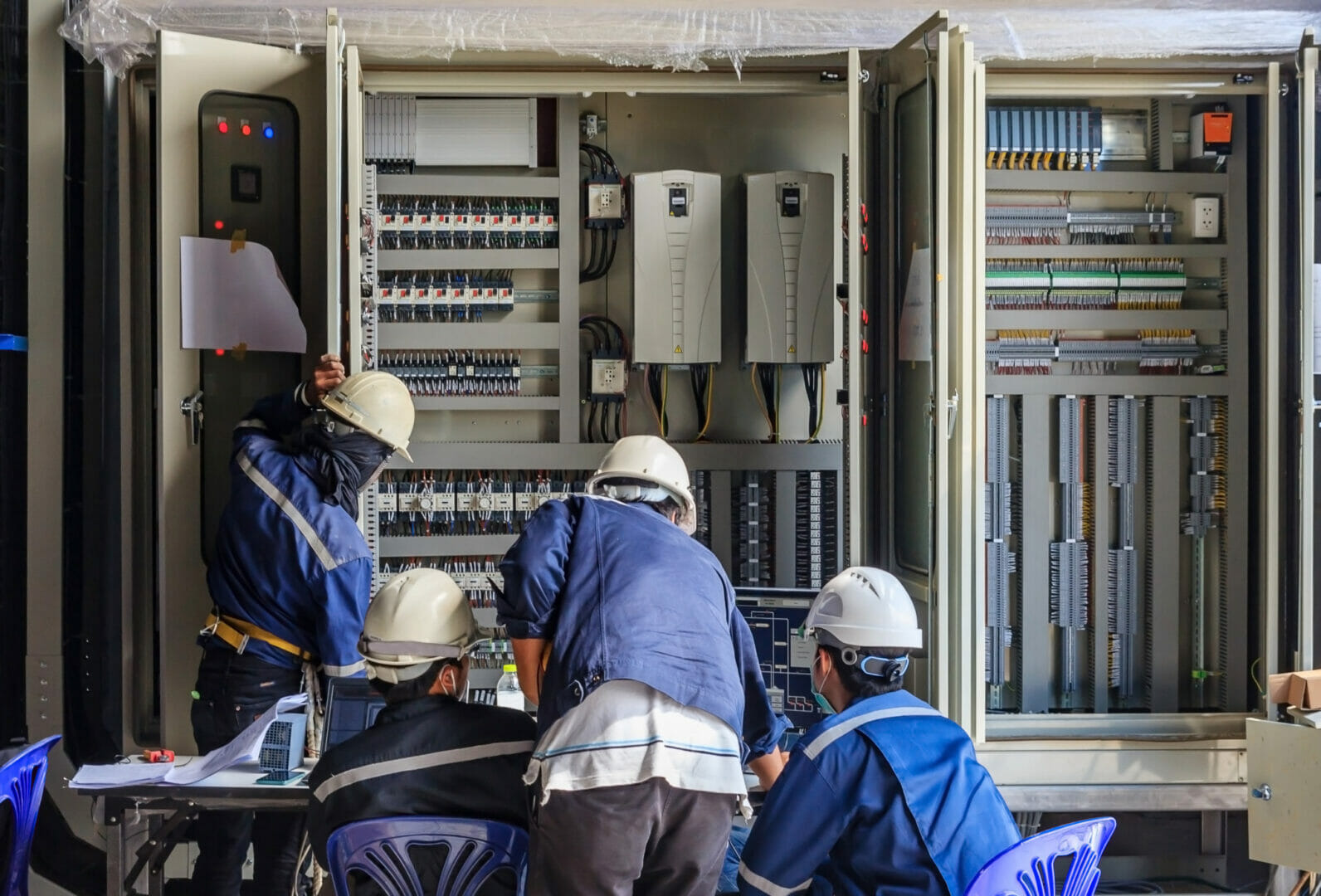~It’s all about your application’s requirements~
The vast array of companies producing industrial control systems and the different lines available from each one can make any manufacturer feel overwhelmed. Here Jonathan Wilkins, director at automation parts supplier EU Automation, explains how to asses a control system’s features, limits and compatibility, to choose the best one for your application.
Programmable logic controller (PLC), programmable automation controller (PAC) or industrial PC (IPC)? With so many options, it’s hard to make an informed decision. PLCs, PACs and IPCs are all used for the same purpose, that is to control automation equipment in a manufacturing plant. However, assessing your application’s needs in terms of size, capacity and compatibility is crucial to choose the right one to fulfil your automation needs.
A bit of history: the emergence of PLCs
PLCs started to be used in the late 1960s in automotive manufacturing and soon spread to other sectors where continuous process is required, such as electronics assembly, food and beverage—for example in bottling and packaging facilities—and the pharmaceutical industry.
PLCs were introduced to substitute hardware-based relay racks, which had the disadvantage of taking up a lot of space, consuming massive amounts of electricity and being very expensive to set up and maintain. In fact, before the introduction of PLCs, whenever the production process had to be modified thousands of relays were manually re-wired, an expensive and time-consuming process.
The first PLC, the Modular Digital Controller (Modicon), allowed to replace manual rewiring with software program changes. It was designed to be programmed in a ladder logic, which was similar to the diagrams of relay logic it was replacing, making the transition from relays to PLCs easier to engineers and manufacturers.
PLCs started to be commonly used in industrial applications during the 1970s and early 1980s and since then they have undergone substantial improvements. These include reduced size, expanded memory and increased processing power. Today’s PLCs can be very powerful controllers and remain the basic building blocks for small automation projects.
A brief comparison
PLCs have many advantages compared to previous technology and are rugged and reliable. However, they have a single microcontroller and therefore limited logic capacity. This makes them unsuitable for complex applications that require motion control, which can be achieved only by adding separate modules to the PLCs or by using a hybrid system with one or several PLCs and an industrial PC. As a consequence, PLCs are ideal for smaller automation projects in which simple tasks are performed.
Industrial PCs appeared on the market in the 1990s, allowing users to run PLC-style applications on a regular PC operating system. The first IPCs were not rugged enough to withstand harsh plant environments and their operating systems had serious stability issues, but more recent versions have tackled these problems and are now successfully used in larger applications, alone or in combination with one or more PLCs. However, if in the 1990s it seemed that IPCs were about to take over, it is now clear that PACs are leading the field.
PACs offer in fact the same advantages of a hybrid system but without the added hardware. They mount two or more microcontrollers and have a more sophisticated logic system than a PLC. As a result, they can operate in multiple domains such as motion, discrete and process control using a single platform. They also provide better integration with SCADA, which allows them to manage complex industry-specific instructions.
Which one is best for you?
PACs combine the functionality and reliability of a PLC with the processing capability of an IPC, which is why they are now the preferred type of controller in many manufacturing plants. One single PAC can replace several PLCs or a hybrid system and offer the added advantage of having all applications running in one single controller.
However, the rule of thumb when choosing a controller is that the size of its capabilities should match the size of your automation project. In other words, there’s no need to invest in a PAC or a hybrid system if your automation needs can be handled by a traditional PLC. Ultimately, if you choose the appropriate controller for your application’s size and plan some room for expansion, you will be able to work with it efficiently for decades.
EU Automation supplies both new automation equipment and obsolete replacements in applications where an exact substitute is needed for a particular brand of PLC, PAC or IPC. For more information, visit our website at www.euautomation.com.








